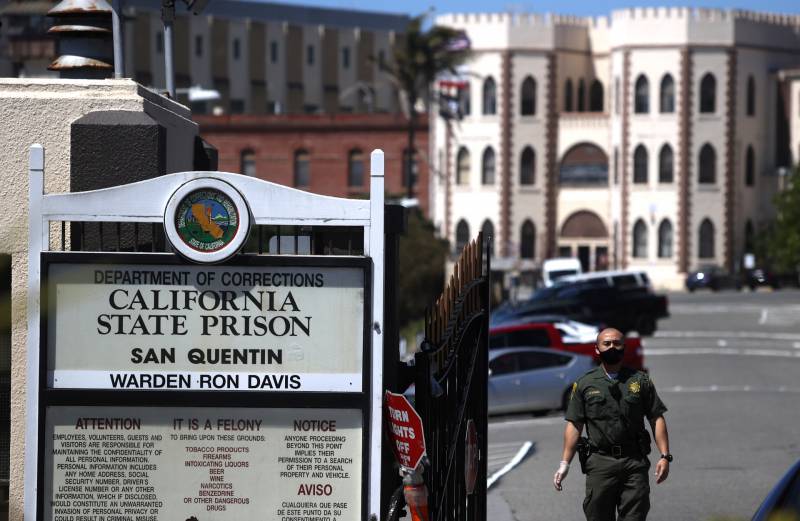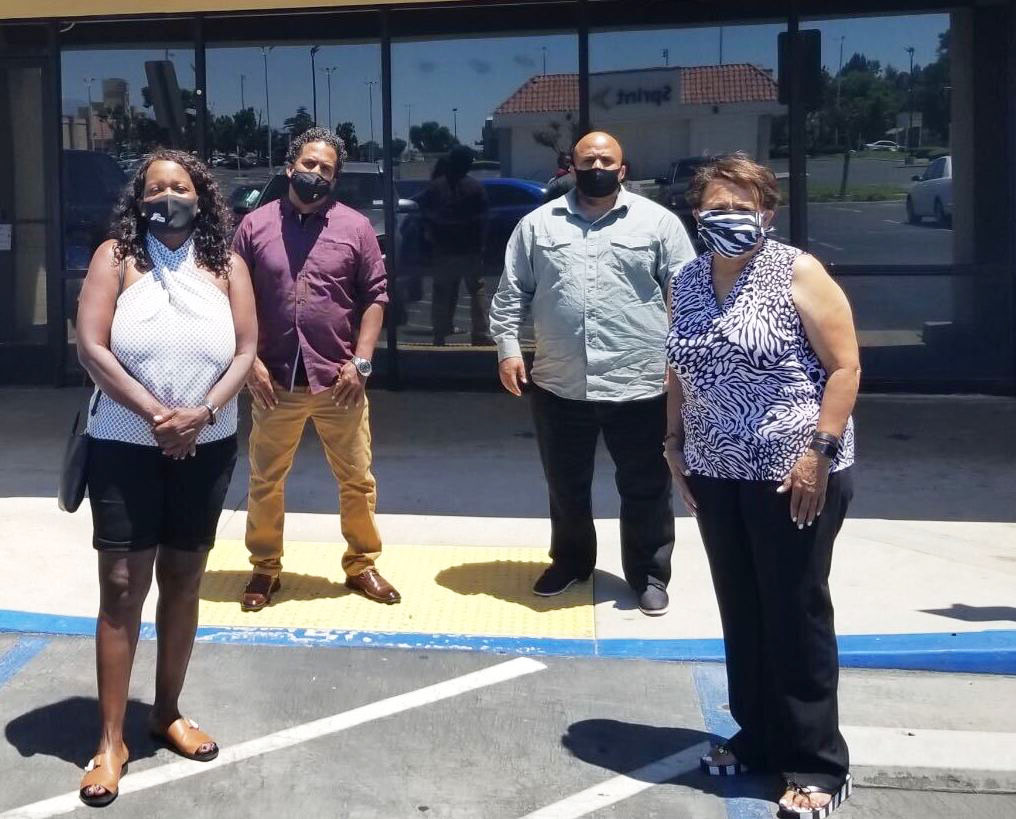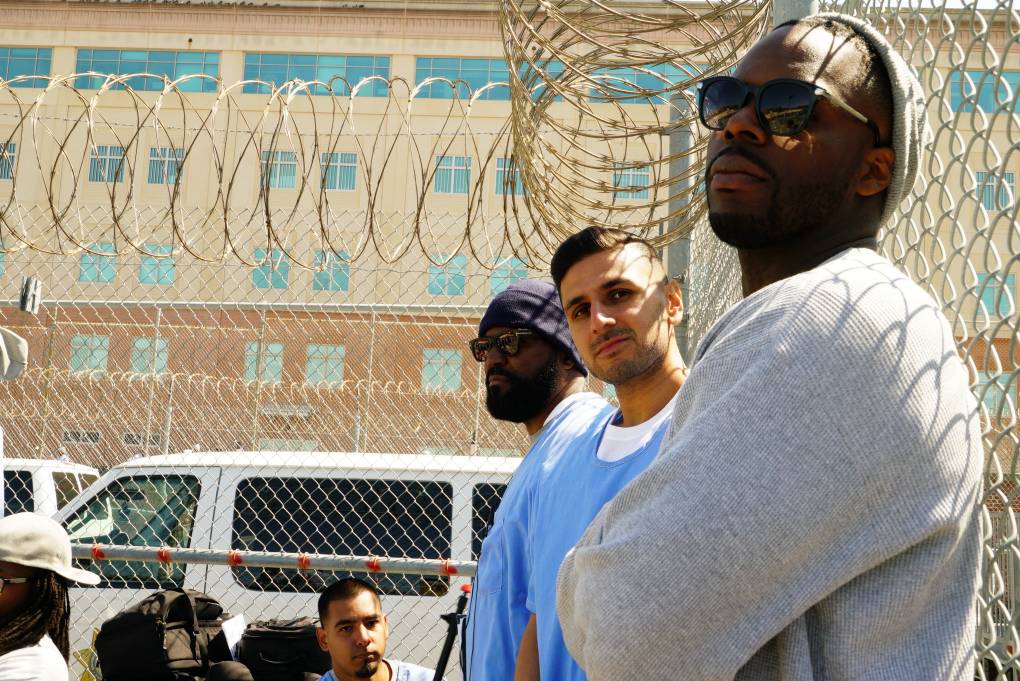Mendoza, who is now national director of the #Cut50 campaign, which aims to reduce both incarceration and crime across the nation, said it's not surprising that Newsom hasn't gone even further with those releases, offering them only to people who would be getting out within six months anyway or are at severe risk of dying from COVID-19.
"I believe that within the last five governors, starting from 2000 till now, (criminal justice reform) has been piecemeal and it's been piecemeal because of the scare tactics and the Willie Horton stories and the politics," he said.
Willie Horton. It’s a name that inevitably comes up when you talk about the intersection of politics and criminal justice.
Horton, a Black man, was used in Republican campaign ads to attack Democrat Michael Dukakis during the 1988 presidential race against George H.W. Bush. Horton, a convicted murderer, was furloughed from prison for a weekend and went on to commit rape, assault and robbery.
It's the nightmare scenario for any politician, said Loyola Law School professor Jessica Levinson.
"What governors don't want when we're talking about prisoner release is the headline that says, 'Gov. Newsom released this prisoner and then they did this egregious thing,' " she said.
Even a progressive Democrat in a deep-blue state will consider the political tradeoffs, Levinson said. She noted that under both Newsom and his predecessor, Jerry Brown, the state only moved to cut the prison population under duress: first a court order, now a global pandemic.
"What's gonna hurt Gov. Newsom more? Is it a story that there was a coronavirus explosion in the prisons or is it a story that a prisoner that he released committed a heinous crime? I think it's probably door number two, and I think that could be part of his reticence," she said.
Mark Leno spent 14 years in the state Legislature starting in 2002. He had a front-row seat to the state's evolution on criminal justice policy over that period, as voters became more disillusioned with prison spending and more open to rolling back the harsh laws of the 1990s. He acknowledged that just one Willie Horton can do lasting political damage.


